2013 Warm Season Vegetable Grow List
Okiedawn OK Zone 7
11 years ago
Related Stories

COOL-SEASON CROPSCool-Season Vegetables: How to Grow Chinese Cabbage
Napa cabbage, pak choi, bok choy — no matter what you call it, this edible is a good candidate for fall and spring gardens
Full Story0

COOL-SEASON CROPSCool-Season Vegetables: How to Grow Potatoes
This ever-popular tuber is a stalwart in spring and fall gardens and a staple in kitchens everywhere
Full Story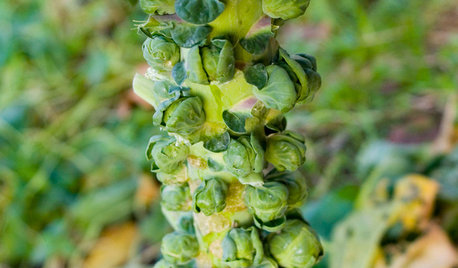
COOL-SEASON CROPSCool-Season Vegetables: How to Grow Brussels Sprouts
If you love 'em (you know who you are), fall and spring are the right times for planting these veggies in your edible garden
Full Story0
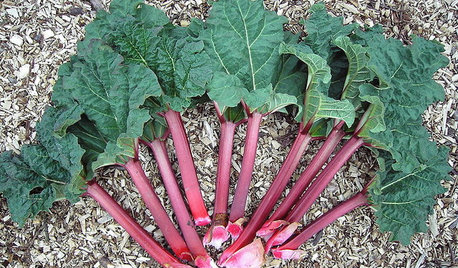
COOL-SEASON CROPSCool-Season Vegetables: How to Grow Rhubarb
This showstopping perennial especially flourishes in the cold of fall and winter gardens, and the proof is in the pies
Full Story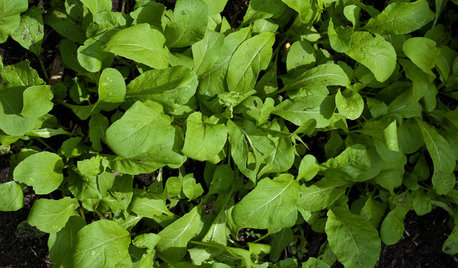
COOL-SEASON CROPSCool-Season Vegetables: How to Grow Salad Greens
From arugula to radicchio, greens have taken a top spot on the table and in fall and winter gardens. See how to start growing them now
Full Story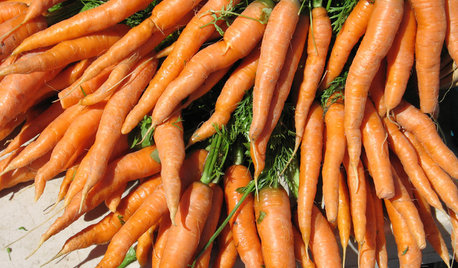
COOL-SEASON CROPSCool-Season Vegetables: How to Grow Carrots
More than just a bunny food, easy-to-grow carrots add lacy good looks to a fall or spring garden
Full Story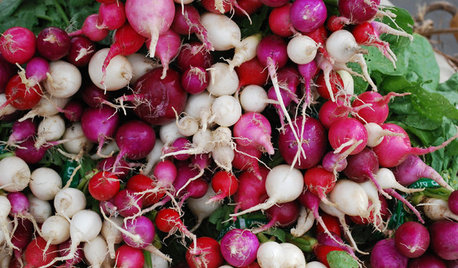
COOL-SEASON CROPSCool-Season Vegetables: How to Grow Radishes
Fast growing and bright, these easy-care veggies are great for kids and bring plentiful color to a fall or spring garden
Full Story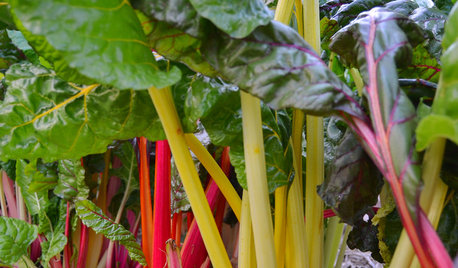
GARDENING GUIDESCool-Season Vegetables: How to Grow Chard
A year-round garden favorite with a colorful stem, Swiss chard comes into its own in early spring and in fall
Full Story
COOL-SEASON CROPSCool-Season Vegetables: How to Grow Peas
Their sweetness isn't just for spring. Peas thrive in cool weather too, adding a garden-fresh note to soups, salads and more through fall
Full Story
WINTER GARDENINGExtend Your Growing Season With a Cold Frame in the Garden
If the sun's shining, it might be time to sow seeds under glass to transplant or harvest
Full Story






luvabasil
Okiedawn OK Zone 7Original Author
Related Professionals
Willowick Landscape Architects & Landscape Designers · Commack Landscape Contractors · Huntington Landscape Contractors · Mercedes Landscape Contractors · Middletown Landscape Contractors · Nashua Landscape Contractors · Sammamish Landscape Contractors · Thornton Landscape Contractors · Vashon Landscape Contractors · Waltham Landscape Contractors · Baker Decks, Patios & Outdoor Enclosures · Fishers Decks, Patios & Outdoor Enclosures · Lacey Decks, Patios & Outdoor Enclosures · Lafayette Decks, Patios & Outdoor Enclosures · Saint Louis Park Decks, Patios & Outdoor Enclosureschrholme
luvabasil
mksmth zone 7a Tulsa Oklahoma
Okiedawn OK Zone 7Original Author
mksmth zone 7a Tulsa Oklahoma
Okiedawn OK Zone 7Original Author
mksmth zone 7a Tulsa Oklahoma
Okiedawn OK Zone 7Original Author
susanlynne48
Okiedawn OK Zone 7Original Author
lat0403
Okiedawn OK Zone 7Original Author